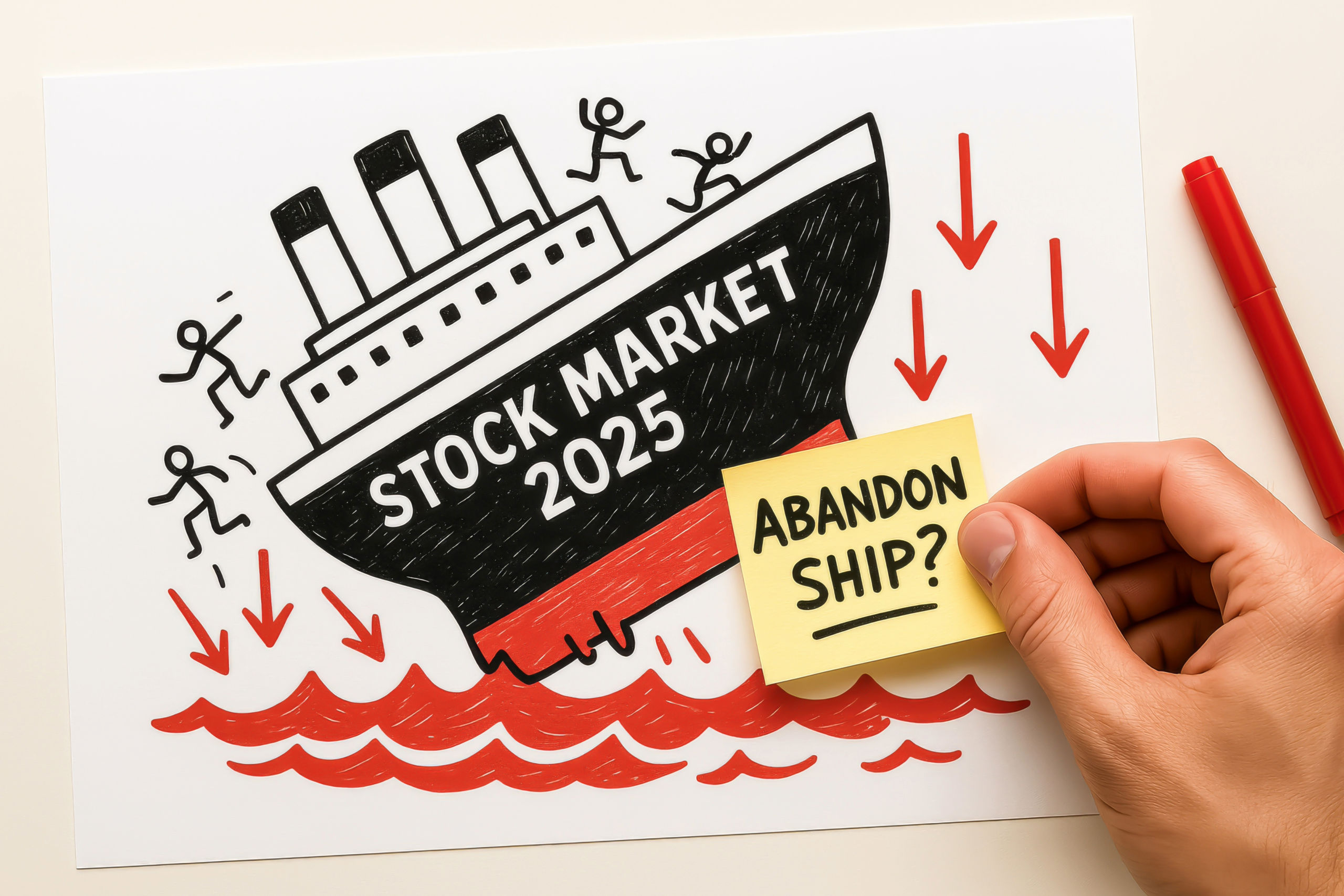The Interconnectedness of Global Supply Chains
In today’s interconnected world, global supply chains are crucial to business success. These networks allow companies to source materials, manufacture products, and distribute goods across borders. However, this global reach also exposes businesses to geopolitical risks factors like trade wars, political instability, health crises, and sanctions that can disrupt operations and significantly affect profitability.
The Impact of Geopolitical Risks
Geopolitical risks come in many forms. One of the most common is trade barriers. When countries impose tariffs, quotas, or other protectionist measures, they disrupt trade flows and create uncertainty. For example, trade tensions between major economies often lead to increased costs for businesses, forcing them to seek alternative suppliers or absorb higher expenses, ultimately impacting their bottom line.
Sanctions and embargoes also have significant effects. When governments restrict trade with certain countries or entities, they create shortages of vital resources, from energy to raw materials. For instance, sanctions on nations like Russia can affect industries worldwide that rely on these materials, leading to price hikes and production delays. Similarly, political instability or armed conflict in key regions can disrupt transportation routes, manufacturing operations, and overall supply chain efficiency. These risks highlight just how vulnerable global networks can be to political and social unrest.
Lessons from the Pandemic
The COVID-19 pandemic revealed the fragility of global supply chains. Border closures, factory shutdowns, and labor shortages caused widespread disruptions. Companies faced delays, shipping bottlenecks, and an inability to meet customer demands. This crisis underscored the importance of contingency plans, as businesses better prepared to adapt quickly were able to minimize disruptions.
Strategizing for Geopolitical Risks
In response to these challenges, businesses have had to rethink their supply chain strategies. Diversification has become key to managing risk. By sourcing materials and products from multiple suppliers in different regions, businesses can reduce their reliance on a single source and better weather any disruption. This strategy provides flexibility, allowing companies to continue operations even if one region faces a crisis.
Leveraging technology is another crucial approach. With the rise of artificial intelligence, machine learning, and real-time data analytics, businesses can monitor geopolitical trends and potential disruptions more effectively. Predictive tools help businesses stay ahead of political changes and logistical issues, making it easier to adapt to shifting conditions. Additionally, real-time visibility into supply chains enables companies to act quickly, rerouting shipments or adjusting inventories to avoid significant delays.
Building Resilience Through Partnerships
A strong crisis management plan is essential for businesses looking to overcome geopolitical risks. Establishing robust relationships with suppliers and logistics partners can help companies respond more effectively during times of crisis. When unexpected events occur, having a clear plan in place whether it is finding alternative suppliers or rerouting shipments to ensure that businesses can continue operations with minimal disruption.
Looking Ahead: Trends in Global Supply Chains
The future of global supply chains will likely be shaped by ongoing geopolitical challenges. Regionalization, in other words moving production closer to home or to politically stable regions has gained traction as businesses look to reduce their exposure to risks in distant areas. This trend could lead to more decentralized supply chains, making businesses less vulnerable to disruptions from any one region.
Technology will continue to play a critical role in navigating these risks. Investments in advanced tools for forecasting, real-time tracking, and agile decision-making will better equip businesses to handle geopolitical uncertainties. The key to long-term success will be developing a resilient supply chain that can quickly adapt to new risks and continue to operate smoothly in an ever-changing world.
Conclusion: Preparing for an Uncertain Future
As geopolitical tensions persist and continue to influence global trade, businesses must remain agile and proactive. By understanding the risks, diversifying supply chains, and investing in technology, companies can minimize disruptions and build a more resilient business. The ability to adapt quickly and stay ahead of emerging risks will be essential for companies that want to thrive in an increasingly unpredictable global landscape.


























